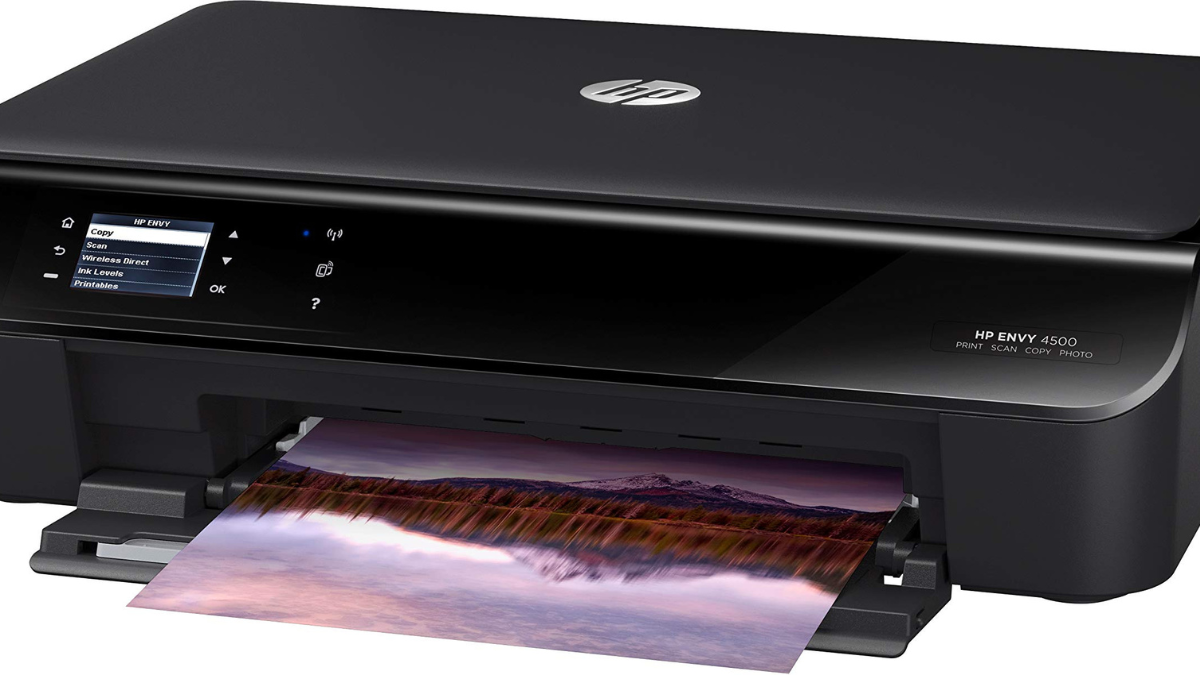HP printers are known for their reliability and versatility, whether you’re printing a work document, a cherished family photo, or school assignments. However, to ensure your prints consistently look their best, it’s essential to fine-tune a few settings and follow best practices. Optimizing your HP printer’s settings can drastically improve print quality, reduce ink wastage, and enhance the lifespan of your device.
In this guide, we’ll walk you through a series of practical steps and expert tips to help you achieve optimal print quality from your HP printer.
Understand Your HP Printer Type
The first step in optimizing your printer is understanding its capabilities. HP offers a range of printers, including:
- Inkjet Printers: Ideal for high-resolution color prints and photos.
- Laser Printers: Best for fast and high-volume black-and-white documents.
- All-in-One Printers: Combine printing, scanning, and copying functions.
- Photo Printers: Tailored for high-quality photo printing.
Knowing your printer type helps you choose appropriate settings and materials. For example, laser printers aren’t designed for glossy photo paper, while inkjets excel at it.
Choose the Right Print Quality Setting
HP printers typically offer several print quality modes:
- Draft: Uses less ink and prints faster. Good for internal documents or test prints.
- Normal: Balanced quality and speed. Suitable for everyday printing.
- Best: Slower, but uses more ink for sharper, more detailed output.
- Photo/Max DPI: Delivers the highest quality for images and graphics.
To change these settings:
- Open the print dialog (Ctrl + P or Command + P).
- Click on “Printer Properties” or “Preferences.”
- Navigate to the “Quality” tab and select the desired option.
For best results, use ‘Best’ or ‘Photo’ mode when printing high-resolution documents or images.
Select the Correct Paper Type
Paper matters. Different print jobs require different types of paper. Using incorrect paper can result in smudging, bleeding, or faded prints.
HP printers have settings that match specific paper types such as:
- Plain paper
- HP Photo Paper
- HP Brochure Paper
- Matte or glossy finishes
To select the paper type:
- Go to Printer Properties > Paper/Quality tab.
- Choose the paper type that matches what’s in your tray.
Also, always store your paper in a dry place and handle it by the edges to prevent fingerprints and moisture from affecting print quality.
Use Original HP Ink or Toner
Using original HP cartridges ensures consistent quality, better compatibility, and fewer issues. Third-party or refilled cartridges may save money but often compromise on color accuracy, yield, and clogging risks.
Original HP supplies are specially formulated to work with HP printers, and using them may also maintain your warranty. You can verify cartridge authenticity by scanning the QR code on the packaging with the HP SureSupply app.
Clean and Align Printheads
Over time, printheads can clog, especially if the printer isn’t used frequently. Symptoms include streaks, missing lines, or faded areas in your prints.
To clean and align the printhead:
- On your printer’s display panel, navigate to Settings > Tools > Clean Printhead.
- Follow the prompts to print a test page.
- If problems persist, perform a deep clean or manual cleaning.
Similarly, printhead alignment ensures text and images are correctly positioned. This option is often found under the Maintenance or Tools section of your printer menu or the HP Smart App.
Update Printer Firmware and Drivers
Outdated software can lead to performance issues, reduced print quality, and compatibility glitches. Regularly updating your printer’s firmware and drivers can help prevent such problems.
To update your HP printer:
- Firmware: Visit the HP Software and Driver Downloads page, search for your model, and download the latest firmware.
- Drivers: Use HP Smart or HP Easy Start to install the latest drivers compatible with your operating system.
Enabling automatic updates in the HP Smart App is a good way to ensure your printer always has the latest improvements.
Advanced Settings and Hidden Features
Beyond the basic settings, HP printers have advanced features that can significantly boost print quality.
Some lesser-known features include:
- Color Management: Adjust saturation, brightness, and contrast through your printer software.
- Print Preview and Scaling: Use the preview to avoid cropping issues and select “fit to page” to maintain formatting.
- Borderless Printing: Available for photo printing, this setting prints to the edge of the paper without margins.
- Grayscale Printing: Useful when printing black-and-white documents with color ink savings.
You can access these settings via the Advanced tab in Printer Preferences or through the HP Smart App on desktop or mobile.
Troubleshooting Poor Print Quality
Despite best efforts, issues can arise. Here’s how to troubleshoot common print quality problems:
| Issue | Possible Cause | Solution |
|---|---|---|
| Faded prints | Low ink or toner | Check ink levels and replace cartridges |
| Streaks or lines | Dirty or clogged printhead | Run printhead cleaning |
| Blurry text | Wrong paper or quality setting | Use the correct paper and set print quality to ‘Best’ |
| Color mismatch | Color settings misaligned | Calibrate printer and update drivers |
| Smudging | Ink not drying properly | Use recommended paper and check humidity levels |
HP’s Print and Scan Doctor is a free tool available for Windows that diagnoses and resolves print quality issues quickly.
Conclusion
Optimizing your HP printer for the best print quality doesn’t require a technician—it just takes a bit of know-how. By understanding your printer type, choosing the right settings, using the correct paper and ink, and performing routine maintenance, you can ensure your prints are consistently sharp, vibrant, and professional-looking.
Stay proactive: update software regularly, clean your printheads, and use high-quality materials. A well-maintained HP printer isn’t just a tool—it’s an investment in quality and efficiency.
So go ahead—print that report, photo, or flyer with confidence, knowing your HP printer is delivering the best it can.
